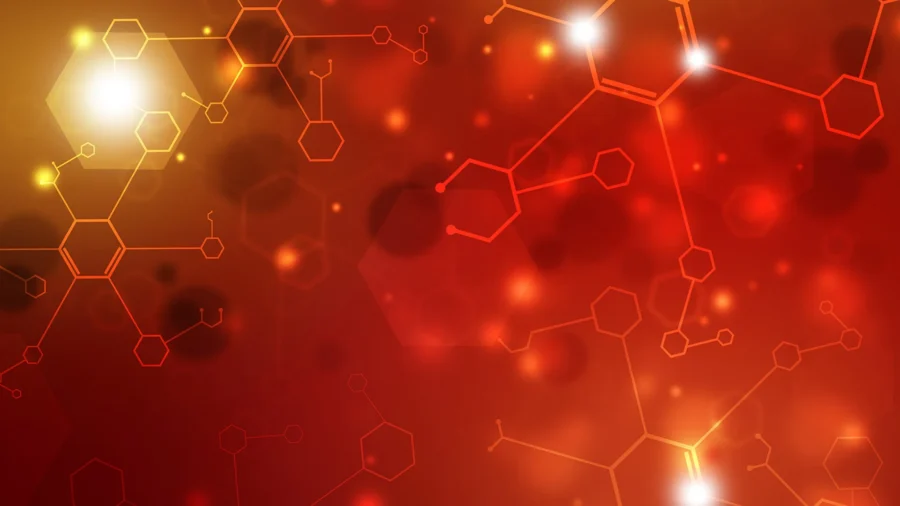Chemists at Cold Spring Harbor Laboratory (CSHL) have developed a new way to quickly create a large number of complex molecules, which could lead to the discovery of new drugs for cancer and antibiotic-resistant bacteria. The innovative process, called Accelerated SuFEx Click Chemistry (ASCC), was developed in the lab of CSHL Professor John Moses and is based on the Nobel-winning field of click chemistry.
Click chemistry is a method that allows scientists to snap together molecules to create complex new structures, which is useful for drug developers who need to create many compounds for testing. With ASCC, click chemistry can generate more compounds in fewer steps and with higher yields, making the process faster and more efficient.
“If you can make molecules, you can test them,” Moses explains. “And with this technology, you can make them fast.”
Using ASCC, Moses and his team created more than 150 new compounds, including derivatives of complex natural molecules, in just a matter of days. In the past, generating and purifying such a large number of molecules might have taken months. The researchers then tested these new molecules on cancer cells and drug-resistant strains of bacteria.
Joshua Homer, a research investigator in Moses’ lab, synthesized molecules similar to an anti-cancer compound called combretastatin A4. He found that two of the new molecules could kill cancer cells that typically resist standard chemotherapy. These molecules could potentially lead to new treatments for difficult-to-treat types of breast and pancreatic cancers.
The team also created molecules that resembled an antibiotic called dapsone and found that some of these molecules were effective against dapsone-resistant bacteria. Homer suggests that ASCC could help chemists reengineer other complex antibiotics to overcome the defenses of drug-resistant pathogens.
Looking to the future, Moses and his team plan to continue using ASCC to explore new possibilities in drug discovery and refine their promising leads into potential drug candidates. They also hope that other researchers will adopt Accelerated SuFEx technology in their own drug discovery platforms.
“It’s just a way to find function. You can always improve things and optimize. But let’s get there as quick as possible. Hopefully, we can accelerate the whole process,” Moses says, summing up the advantages of ASCC.
The development of ASCC is a significant step forward in the field of drug discovery, offering a faster and more efficient way to create complex molecules that could lead to new treatments for some of the most challenging diseases facing humanity today. By accelerating the process of finding new drugs, ASCC could help bring much-needed therapies to patients more quickly.
As drug-resistant bacteria continue to pose a growing threat to public health and cancer remains a leading cause of death worldwide, the work of Moses and his team at CSHL offers hope for the future. Their innovative approach to click chemistry could be the key to unlocking new treatments and saving countless lives.
With the power of Accelerated SuFEx Click Chemistry, the possibilities for drug discovery are vast, and the potential benefits for patients are immense. As Moses puts it, “presto chango!” – with ASCC, the future of medicine is looking brighter than ever.


